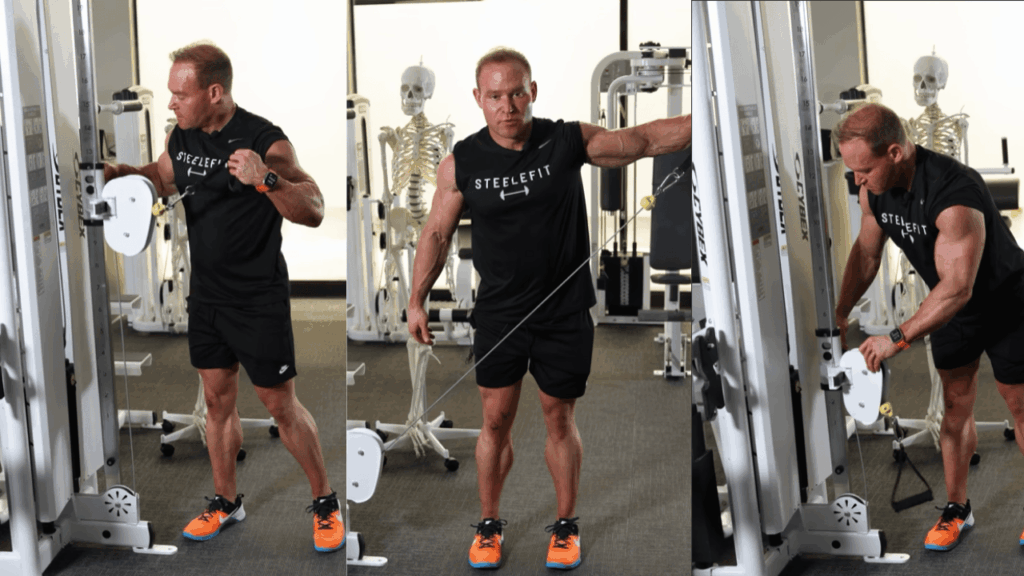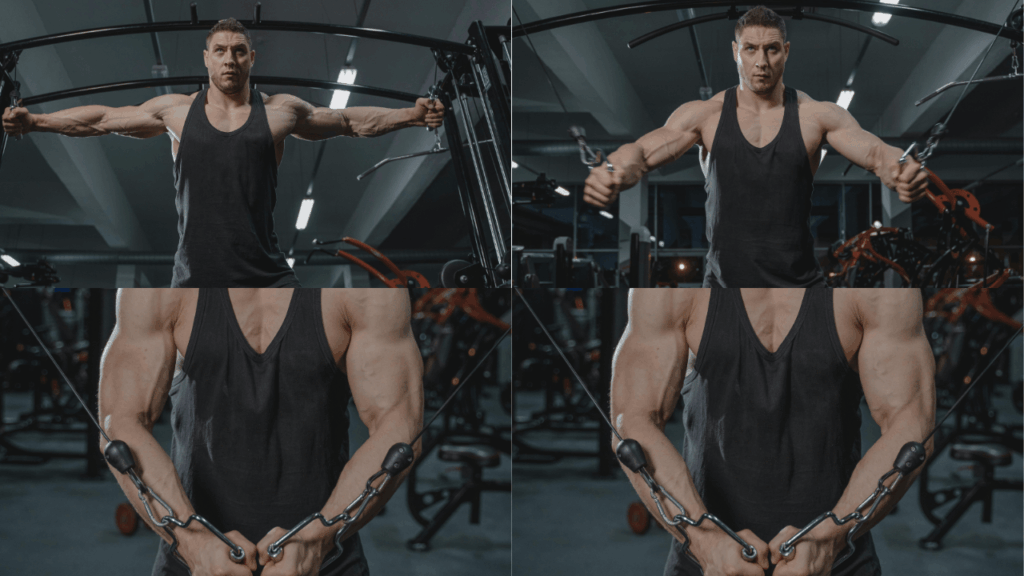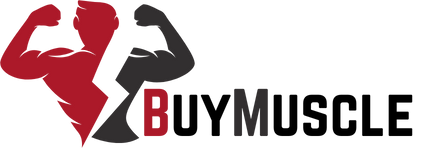The standing cable crossover is a foundational chest-building exercise widely used in both beginner and advanced training routines. Unlike compound pressing movements, this isolation exercise emphasizes the contraction and stretch of the pectoral muscles through a controlled range of motion.
For beginners, the cable crossover serves as an excellent introduction to muscle isolation and movement precision. By using the adjustable cable system, individuals can learn how to properly engage the chest muscles while avoiding over-reliance on secondary muscle groups.
What Is the Standing Cable Crossover
The standing cable crossover is a gym machine chest exercise that involves pulling the handles of two high pulleys toward the center of the body in a wide, arcing motion. The movement primarily targets the pectoralis major, particularly the inner chest fibers. It also activates the front deltoids and triceps, though to a smaller extent.
Unlike dumbbell flyes, which rely on gravity for resistance and can place stress on the shoulder joints, the standing cable crossover maintains consistent tension throughout the movement.
Its key benefits include enhanced chest definition, improved mind-muscle connection, increased stability, and a greater range of motion due to the freedom provided by the cable machine.
Setting Up the Cable Machine

Proper machine setup is essential to maximize muscle activation and avoid injury. To perform the standing cable crossover correctly, the height of the pulleys should align with your target chest region.
- For upper chest focus, set the pulleys low and pull upward
- For the middle chest, keep the pulleys at shoulder height
- For the lower chest, set the pulleys high and pull them downward
Beginners should choose a light to moderate weight that allows full control throughout the set. Using excessive resistance early on can compromise form and lead to compensation by stronger muscle groups, such as the shoulders.
Adjust the handles for a balanced tension on both sides before beginning the movement. Step slightly forward to ensure the weights do not rest at any point during the exercise.
Step-by-Step Instructions for Proper Form

To perform the standing cable crossover correctly, follow these key steps for alignment and execution.
Stand in the center of the cable station with one foot slightly forward in a staggered stance. This position provides better stability and balance throughout the movement.
Grasp the handles with your arms extended outward and slightly bent at the elbows. Face your palms toward each other, lift your chest confidently, and tighten your core for stability.
Initiate the movement by bringing your arms together in a controlled arc in front of your body. Your hands should meet at chest level, and you should feel a strong contraction in the pectoral muscles.
Pause for a moment at the top of the movement to fully engage and contract your chest muscles. Then, slowly return your arms to the starting position, maintaining the same arc and elbow angle.
Throughout the motion, keep your torso upright and avoid using momentum. Do not allow the weights to crash back or your arms to fall behind your torso.
Common Mistakes and How to Avoid Them
Using incorrect form during the standing cable crossover can make the exercise less effective and raise the chances of muscle strain. These are the most common errors to watch for.
Do not overextend your arms or lock your elbows. Keep your elbows slightly bent to safeguard your joints and ensure consistent tension remains on your chest muscles. Avoid using momentum or swinging your body to move the weight. It reduces the engagement of the chest and shifts effort to the shoulders and back.
Keep the focus on the pectorals. Do not let your shoulders round forward or take over the movement. Maintaining retracted shoulder blades will help direct the tension appropriately.
Keep your body aligned by distributing your weight evenly, making sure you don’t tip too far forward or backward. Excessive leaning can disrupt your center of gravity and limit your range of motion.
Variations for Targeting Different Chest Areas

The standing cable crossover can be adapted to emphasize specific portions of the chest based on pulley height and movement angle.
High-to-low crossover targets the lower chest by bringing the arms downward in a diagonal arc. This variation mimics the motion of a decline fly.
Low-to-high crossover emphasizes the upper chest by pulling the cables upward and inward toward the upper chest or chin level.
A mid-level crossover, where the cables are at shoulder height, offers balanced activation across the full chest.
Including all three variations in a routine over time can promote more comprehensive pectoral development.
Breathing and Tempo Tips
Controlled breathing enhances focus and performance. Exhale during the contraction phase when pulling the cables together. Inhale on the return phase as the arms move back to the starting position.
Follow a 2-1-3 tempo to maximize time under tension and improve muscle engagement. Two seconds to contract the chest, a one-second pause at peak contraction, and a slow three-second return.
Performing slow, deliberate reps with consistent form is more effective for growth and control than fast, uncontrolled repetitions.
How Often to Include in Your Routine
The standing cable crossover is suitable for inclusion one to two times per week, typically on a chest day or push-focused workout.
For muscle growth and control, beginners should aim for three to four sets of ten to twelve repetitions per session.
Pairing the cable crossover with other beginner cable chest exercises, such as machine presses or incline flyes can help create a balanced chest routine that develops strength and shape evenly.
Frequently Asked Questions
Is the standing cable crossover good for beginners?
Yes, it is an effective beginner cable chest exercise that teaches muscle isolation, improves form, and provides consistent tension throughout the movement.
How much weight should a beginner use on the cable crossover?
Beginners should start with a light to moderate weight that allows full control and proper form for 10 to 12 repetitions without straining.
Why do my shoulders hurt during the cable crossover?
Shoulder discomfort may result from poor form, such as allowing the shoulders to round forward or using too much weight. Focus on engaging the chest and keeping the shoulders stabilized.








